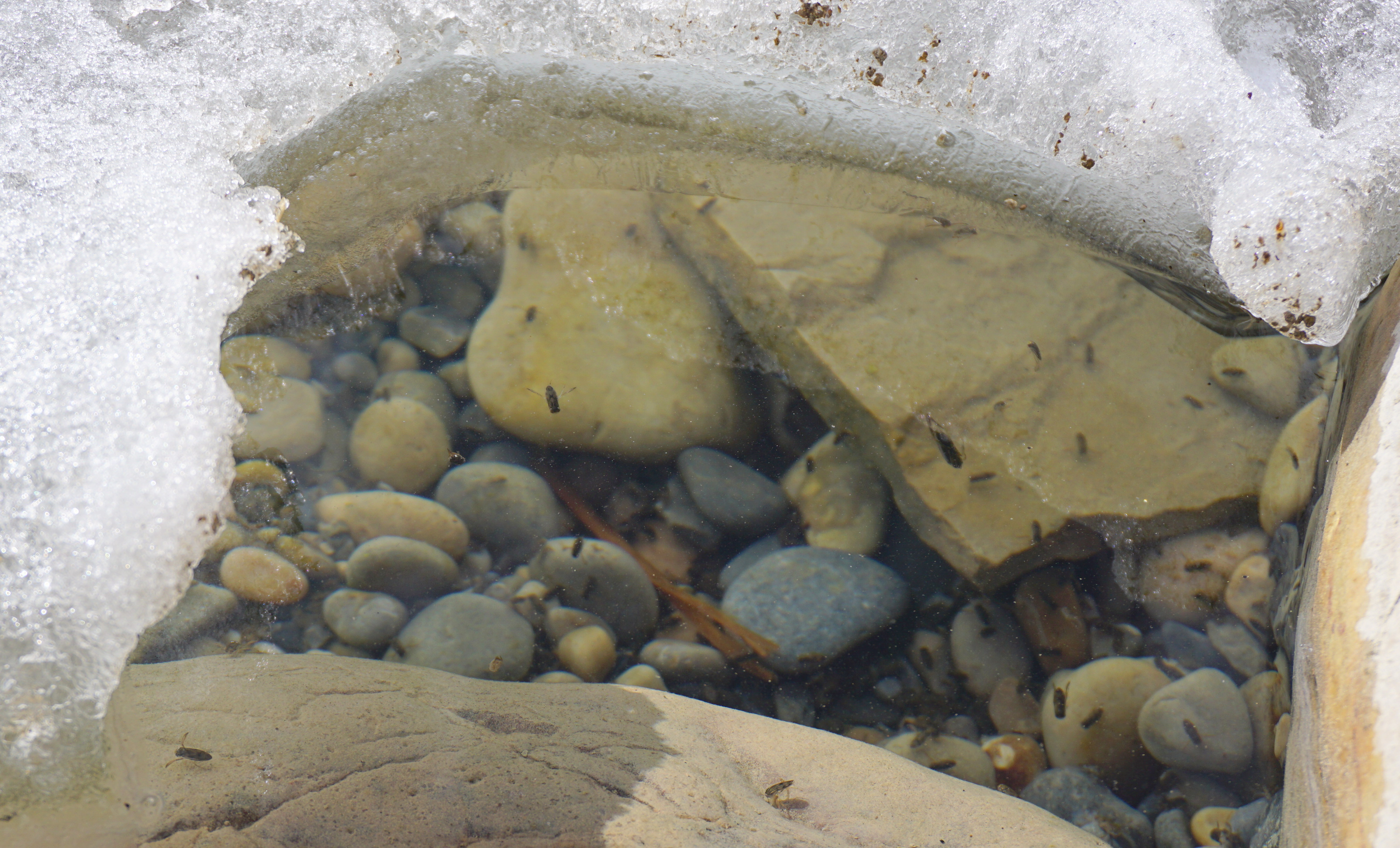|
Sigara Selecta
''Sigara selecta'' is a species of water boatman in the family Corixidae in the order Hemiptera Hemiptera (; ) is an order (biology), order of insects, commonly called true bugs, comprising over 80,000 species within groups such as the cicadas, aphids, planthoppers, leafhoppers, Reduviidae, assassin bugs, Cimex, bed bugs, and shield bugs. .... 2005 References Insects described in 1848 Sigara {{Corixidae-stub ...[...More Info...] [...Related Items...] OR: [Wikipedia] [Google] [Baidu] |
Franz Xaver Fieber
Franz Xaver Fieber (Prague, 1 March 1807 – Chrudim, 22 February 1872 ) was a German botanist and entomologist. He was the son of Franz Anton Fieber and Maria Anna née Hantsehl. He studied economics, management science and modern languages at the Czech Technical University in Prague from 1824 to 1828. He began work in finance (civil service) before becoming a magistrate in Chrudim in Bohemia. Fieber was a Member of the Deutsche Akademie der Naturforscher Leopoldina. He was the author of "Synopsis der europäischen Orthopteren" (1854), ''Die europäischen Hemiptera'' (1860), and numerous other publications on insects. He worked notably on insect wings. As well as Hemiptera, he studied Orthoptera Orthoptera () is an order of insects that comprises the grasshoppers, locusts, and crickets, including closely related insects, such as the bush crickets or katydids and wētā. The order is subdivided into two suborders: Caelifera – grass .... References * Allen G. ... [...More Info...] [...Related Items...] OR: [Wikipedia] [Google] [Baidu] |
Corixidae
Corixidae is a family of aquatic insects in the order Hemiptera. They are found worldwide in virtually any freshwater habitat and a few species live in saline water. There are about 500 known species worldwide, in 55 genera, including the genus ''Sigara''. Members of the Corixidae are commonly known as water boatmen, a term that is sometimes used in the United Kingdom for '' Notonecta glauca'', an insect of a different family, Notonectidae. '' Corixa punctata'' is the "lesser water boatman". Morphology and ecology Corixidae generally have a long flattened body ranging from long. Many have extremely fine dark brown or black striations marking the wings. They tend to have four long rear legs and two short front ones. The forelegs are covered with hairs and shaped like oars, hence the name "water boatman". Their four hindmost legs have scoop- or oar-shaped tarsi to aid swimming. They also have a triangular head with short, triangular mouthparts. Corixidae dwell in slow rivers an ... [...More Info...] [...Related Items...] OR: [Wikipedia] [Google] [Baidu] |
Hemiptera
Hemiptera (; ) is an order of insects, commonly called true bugs, comprising over 80,000 species within groups such as the cicadas, aphids, planthoppers, leafhoppers, assassin bugs, bed bugs, and shield bugs. They range in size from to around , and share a common arrangement of piercing-sucking mouthparts. The name "true bugs" is often limited to the suborder Heteroptera. Entomologists reserve the term ''bug'' for Hemiptera or Heteroptera,Gilbert Waldbauer. ''The Handy Bug Answer Book.'' Visible Ink, 1998p. 1. which does not include other arthropods or insects of other orders such as ants, bees, beetles, or butterflies. In some variations of English, all terrestrial arthropods (including non-insect arachnids, and myriapods) also fall under the colloquial understanding of ''bug''. Many insects with "bug" in their common name, especially in American English, belong to other orders; for example, the lovebug is a fly and the Maybug and ladybug are beetles. The term ... [...More Info...] [...Related Items...] OR: [Wikipedia] [Google] [Baidu] |
Insects Described In 1848
Insects (from Latin ') are pancrustacean hexapod invertebrates of the class Insecta. They are the largest group within the arthropod phylum. Insects have a chitinous exoskeleton, a three-part body (head, thorax and abdomen), three pairs of jointed legs, compound eyes and one pair of antennae. Their blood is not totally contained in vessels; some circulates in an open cavity known as the haemocoel. Insects are the most diverse group of animals; they include more than a million described species and represent more than half of all known living organisms. The total number of extant species is estimated at between six and ten million; In: potentially over 90% of the animal life forms on Earth are insects. Insects may be found in nearly all environments, although only a small number of species reside in the oceans, which are dominated by another arthropod group, crustaceans, which recent research has indicated insects are nested within. Nearly all insects hatch from eggs. Insect ... [...More Info...] [...Related Items...] OR: [Wikipedia] [Google] [Baidu] |


